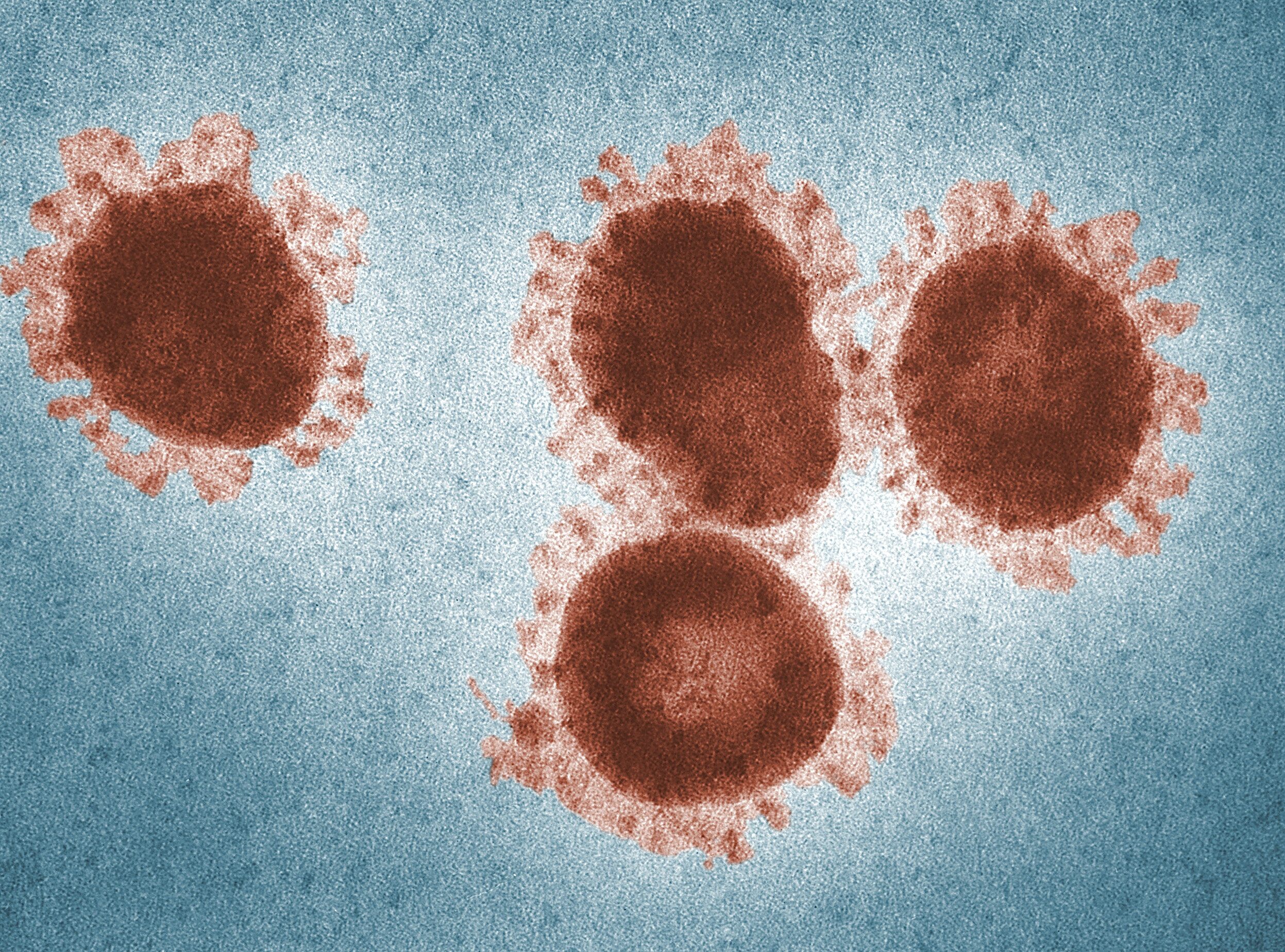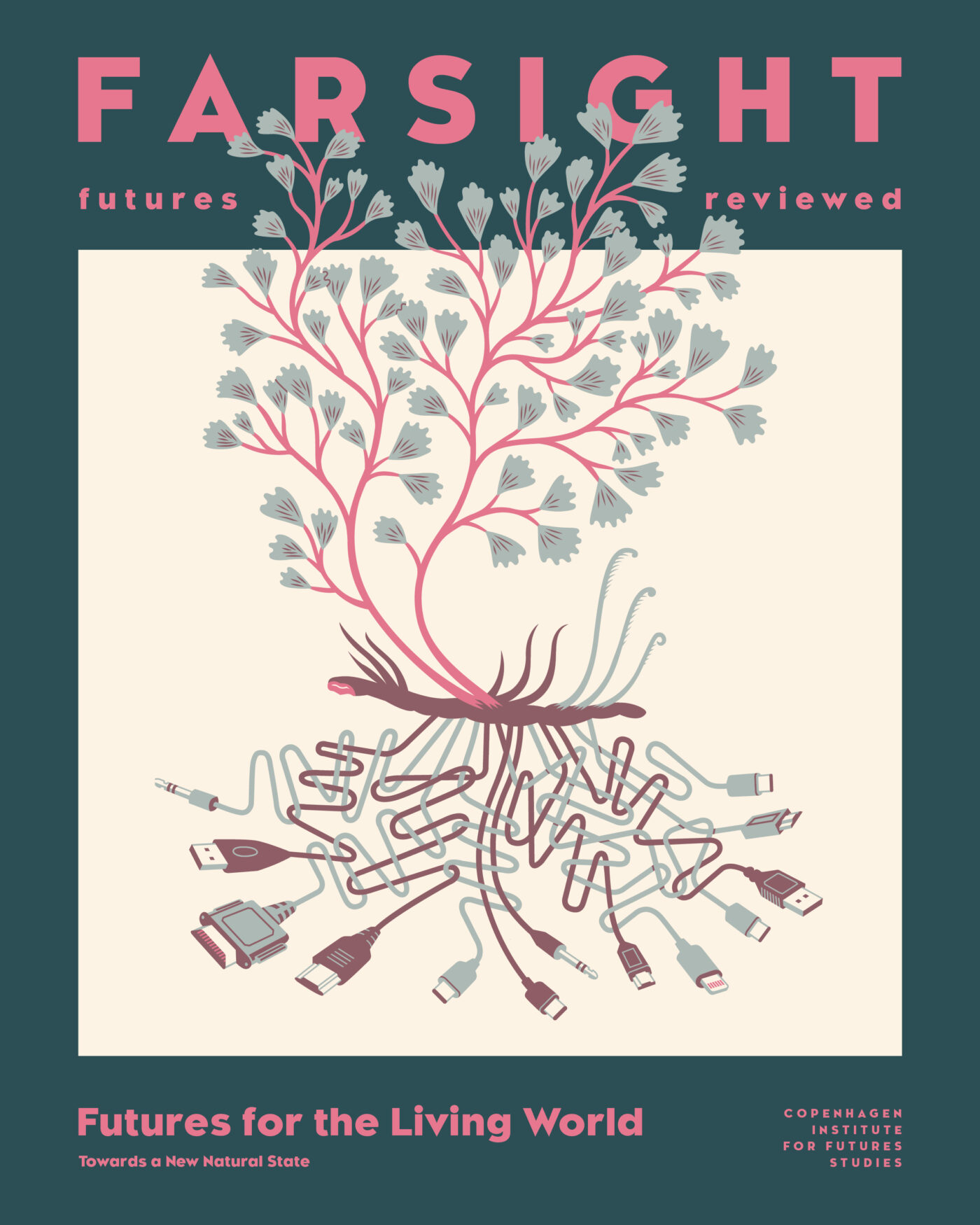
In turn, we use cookies to measure and obtain statistical data about the navigation of the users. You can configure and accept the use of the cookies, and modify your consent options, at any time.

Before Preventing the Next Pandemic
Are zoonotic outbreaks really inevitable?
Everyone is talking about preventing the next pandemic, but this rhetoric seems to address a symptom rather than the disease itself. Measures such as those suggested by Bill Gates in his newest book, “How to Prevent the Next Pandemic”, include preparing an international network of people – biologists, virologists, epidemiologists, public health specialists, bioinformaticians, communication experts – stationed in every country in the world, trained and ready to act, crucially, once the next outbreak starts. Gates quotes epidemiologist Larry Brilliant: “outbreaks are inevitable, but pandemics are optional”. But what if outbreaks are not, in fact, inevitable?
Granted, a scenario where no one is ever infected with a dangerous pathogen again in the history of humankind is an unlikely one. But the idea that all outbreaks are inevitable is only true in the context of the current model of human exploitation of nature that perpetuates the status quo.
There are ways of preventing outbreaks that occur one step earlier than preventing pandemics. The overall idea is quite simple: leave nature alone. In practice, this becomes more complicated. It would certainly be a mighty challenge to tackle and contain every pathogen flare-up on Earth, but by addressing the factors that are causing the rise in outbreaks, we may at some point in the future at least be able to say that while occasional outbreaks are inevitable, they are also just that – occasional. There are two overall, glaring reasons for the rise in natural pathogen outbreaks: deforestation and animal exploitation.
Essentially, a new zoonosis outbreak starts with a pathogen – for example, a virus or a bacterium – jumping from an animal to a person. Not any pathogen living in an animal can migrate and infect a human, it takes a specific set of genetic mutations. So, the more contact we have with wild animals, the higher the chance is that one of them is going to be carrying just the pathogen that can wreak havoc in us. The human immunodeficiency virus (HIV), for example, was first transmitted to humans through infected blood and body fluids from chimpanzees we engaged with in hunting and butchering.
Human encroachment of wild ecosystems leads to overcrowding of wild animals and increased risk of pathogen pilgrimage between species. This habitat shrinkage also drives fauna into human territory, often bringing with them the potential threat of a spill over event. Transport and trade of wildlife and livestock likewise increases the risk of infections spreading. All the last major epidemics have arisen from contact with animals that are kept under conditions favouring pathogen propagation. Wildlife markets – such as the one where COVID-19 was first identified – keep different species in proximity, under intense stress, dead as well as alive, making them the ideal hotspot for viruses and bacteria to hop around and mutate until one strain hits their biological jackpot: the ability to infect humans.
Since many natural environments and animal trading routes cross borders, international cooperation is paramount to implement regulations to address these issues. Banning markets is not currently seen as the best solution, as they exist because there is a demand for them. Outlawing them would likely only shift animal trade to the black market, where control would be impossible and might lead to further increase in disease spread. So stronger biosecurity and monitoring seems to be the way to go for now.
Although there has been a decline in the rate of deforestation in recent years, natural habitats are still cleared out for human use at an alarming rate. A question that has been raised before, and should be raised again now, is whether the issue of overexploitation of natural resources can be sufficiently addressed in the globally dominant model of liberal capitalism. The overall reason why it is so difficult to do is the importance our current economic model places on growth and the non-existence of biodiversity health as a value metric. We want current and future generations to have the high quality of life that is traditionally achieved through and measured by economic growth. But infinite growth on a finite planet is hardly a bullet-proof strategy.
The endemic aspect of economic inequality within capitalism is also reflected in the widely different approaches to and effects of the COVID-19 pandemic globally. The widespread disparity of preventive actions and treatment reflecting social inequity between countries and continents meant that, while we were all facing the same storm, we certainly were not “in the same boat” – despite this being a commonly uttered motto. COVID-19 vaccine distribution is an excellent example of this disparity, with the African share of vaccinated people at 21% compared to 66% in Europe. The collective effort to close this gap and prevent it altogether in next outbreaks is probably as important as the effort that should be put into tackle the environmental causes of pathogen outbreaks.
Although the World Health Organisation (WHO) plays a key role in formulating policies to address the interactions between environmental, animal, and human health, the organisation rarely employs its full strength in negotiating hard international law. Most often, its initiatives come in the form of recommendations, which are often influential but non-binding. The internal structure and governance model of the WHO means that the organisation is subject to the regularly conflicting interests and demands of its member states draining potency from its constitutional mandate. Although a stronger and more independent WHO with the authority to overrule the agendas of individual nations could better address crucial issues like food security and primary care, the organisation is ill-fitted to adequately do so in its current state.
A key maxim of Futures Studies is that at any given point there is a myriad of possible futures ahead of us. It’s a hopeful message because it means we can steer the future in any direction we want. But none of these futures will be free from pandemics, natural catastrophes, and ensuing social and natural chaos if we do not take action now. Regrowing all the forests on Earth and restoring ecosystems to a healthier balance is obviously a very long-term goal, so by all means let us deploy experts around the globe so we can have a quicker response to the pandemic(s) we most likely will face before achieving that goal. Changing consumer behaviour concerning animal products will also take a while, so regulating live animal markets rather than banning altogether them seems the most feasible option. In any case, doing nothing at all would most certainly be the worst route to take.
We need institutions with actionable authority, leaders willing to take the leap, governments who listen to science, and to achieve all of this we need good people. They are already out there calling, we just need to listen.

For more articles like this, read the issue FARSIGHT: Futures for the Living World